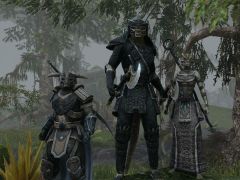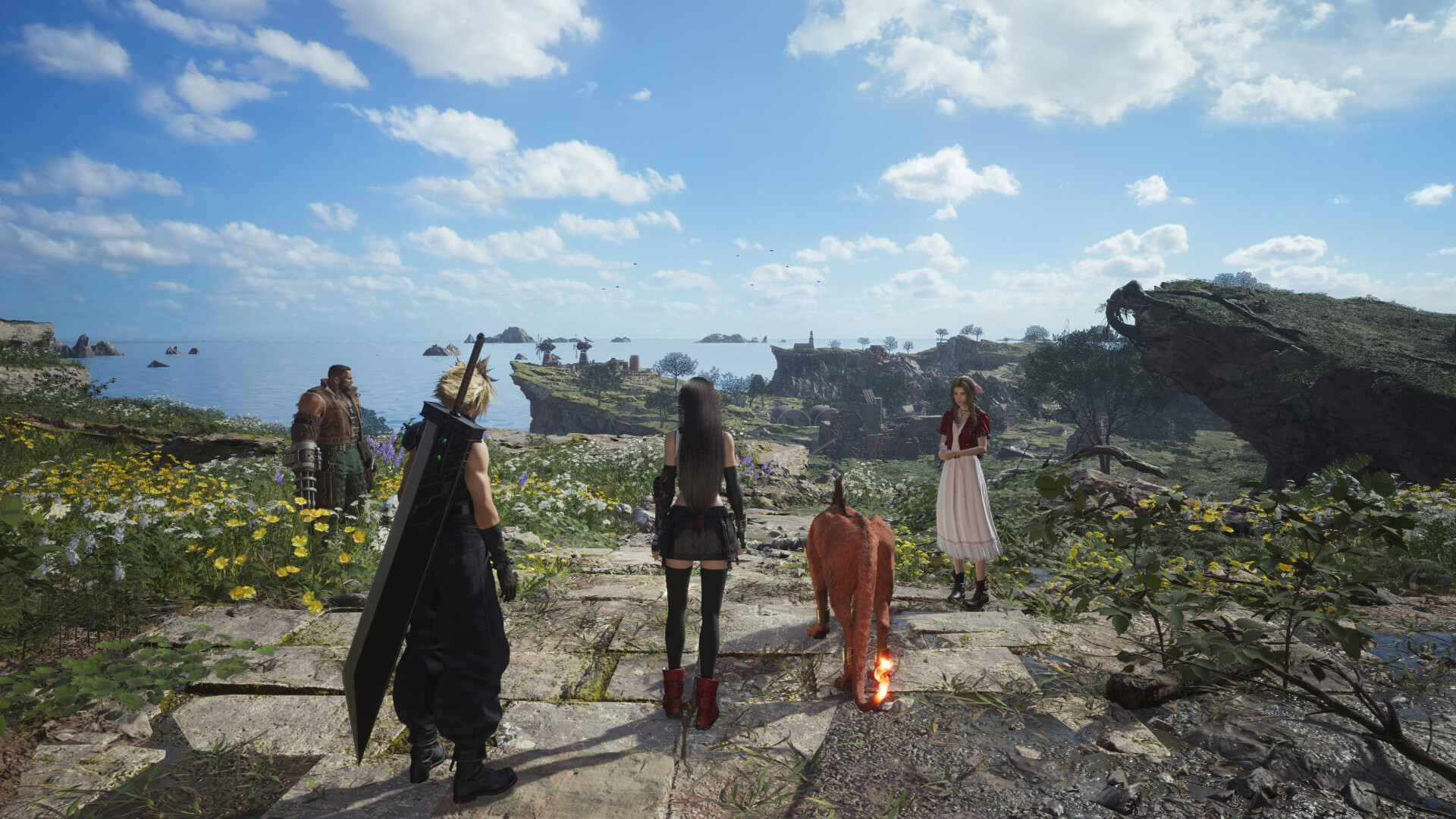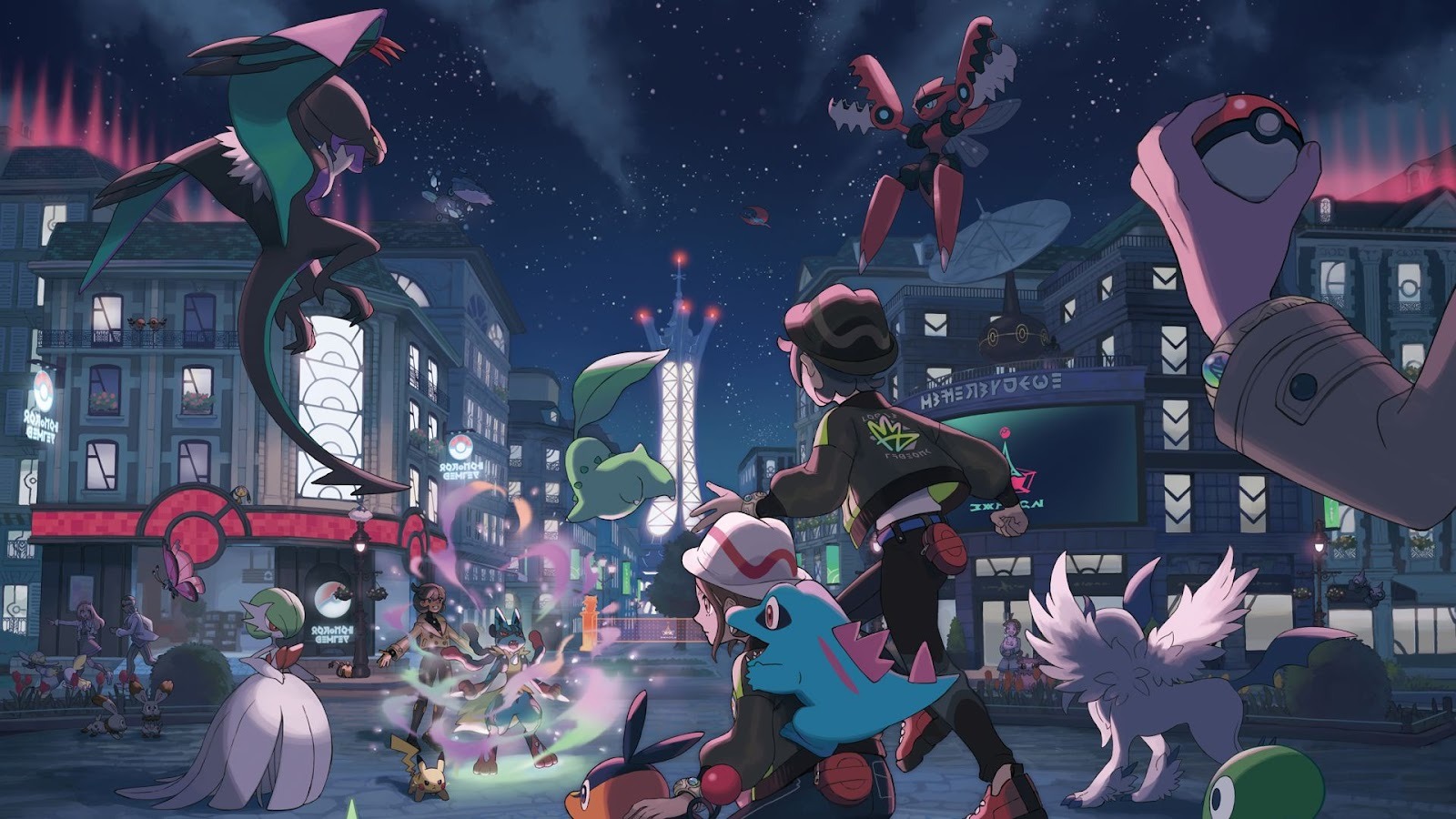You can trust VideoGamer. Our team of gaming experts spend hours testing and reviewing the latest games, to ensure you're reading the most comprehensive guide possible. Rest assured, all imagery and advice is unique and original. Check out how we test and review games here
I’ve jumped into a lot of MMOs over the past few years of free to play fanaticism. The graph of my interest was generally the same: moderate, then very high, then tapering back down to nothing over a few weeks. Each combined a flood of new ideas and restructured oldies with its unique worlds to create a positive cornucopia of interesting game-knobs to fiddle with. Slowly this waned as it became familiar, but most managed to make both the time and financial investment worth it.
Elder Scrolls Online isn’t like that. Its first ten levels are some of the dullest, soberest, sloggiest game I’ve ever forced myself through. After ten minutes, I was frowning. After three hours, I wanted to stop. After twenty my brain was mush. Every one of the MMOs I’ve played before (yes, even Scarlet Blade) cast itself in a better light than the dreary caverns, cliché characters and mind-numbing quests of ESO.
The Very Start: A Prison Cave
Credit where it’s due: for an MMO, the character customisation elements of ESO are impressive. Bethesda’s facial messing is a damn sight greater than the usual mix-‘n’-match pre-constructed parts of rival games. A limit of four classes wasn’t a brilliant follow-up, but each is distinct enough and has enough variation within itself to save it. The same goes for the race pool, which fails to be visually varied but makes up for it mechanically.
So where, after hours of meticulous customisation (or “randomize appearance” clicks), are you left? See, they’ve had the right ideas. Starting as a captive or other lowest-of-the-low stereotype is a series mainstay. The concept of the underworld prison in which the beginning of a game is set is strong. That’s an exciting idea – escaping from a soul-capturing evil overlord with the other unlucky detainees of his private torture ground. A desperate prison break against hellish jailers who’ve hounded and kept you for as long as your memory stretches.
Here, we have ESO’s execution. A linear tutorial formed of a series of rocky corridors containing one skeleton each. Dodge this one’s arrows; hit this one until he falls over. They’re formulaic encounters in contrast with the exploratory spirit of the series, providing a stark preview of what is to come. A certain level of mechanical simplicity should perhaps be acceptable at this early stage – but it must be compensated for with stimuli and consistently fails to.
An Empty Battlefield
After a few of these underground corridors – which were not unique to the early game, returning like a surprise Royal Rumble entrant to later quests – and a less than exhilarating escape sequence, I got out of the tutorial area. Later on, I needed to defend Davon’s Watch – a main city – against a horde of cultists and other nasties. There was an epic battle beyond the walls! Or, at least, that’s what there was meant to be.
Now, what a lot of games have realised to their credit (and ESO attempts) is that there’s no reason to restrict epic scenes to later content. The enormous world-shaking moments can and should be left for more veteran players to appreciate, but lower-ranking users will still experience a large clash of armies or turning point in the story. Sadly, here it fails fundamentally by leaving these scenes far too empty.
Instead of a massive horde of enemies clashing with your non-playable chums and fellow players, there are scattered groups of mobs. Rather than desperate conflicts happening all around, there will be rare pairings of NPCs, endlessly swinging at one another until you interrupt. The enemies themselves leave even more to be desired, at this point graduating from skeletons to soldiers. They’re dressed in simple clothes or dull armour, vaguely swinging swords or casting ineffective spells.
Moreover, their types split neatly into boring categories. They’re defined by what weapon they hold, which is interesting until you’ve already met Mr. Magic, Ms. Shield, Master Bower, Doctor Dual Wield and Captain Two-Hander. Once this gauntlet has been ran, that’s it for the massive majority of the game’s enemies that fall into humanoid categories. This too could have been an avoidable problem if the combat system wasn’t quite so utterly lacking in life.
The Mechanics
I get it, I do – the hotkey combat of non-interactive models that so often dominates our online worlds is imperfect. However, it offers certain benefits: flashy animations, simple controls and the possibility of complicated rotations of many different, singular abilities. Its prevalence is a problem, as diversity should always be strived for, but ESO’s half way house is not a solution.
It forces you to care about the little things, endlessly clicking away to ensure basic attacks happen. Even Diablo – a famous breaker of mouses from excessive use – has come to realise that holding down the mouse button to attack single targets is probably the better plan. Instead, ESO reserves this for performing powerful swings, that only seem to be useful when enemies are stunned removing any strategy from the situation.
Perhaps I’d be able to get over that without the number of restrictions put on other abilities. They’re boringly designed off the bat: little collections of numbers and effects with few visual queues that are almost meaningless with the lack of information given about enemy health values and debuffs. The more exciting ones are gated as “ultimates” that you can only equip one of at a time and have long cooldown periods – something WoW got over many expansions ago.
That’s probably what’s so frustrating as a whole: I love my ultimate ability, giving me dragon wings and hurling me at a pack of enemies, throwing them aside and dealing relatively humongous damage. At least, when it doesn’t bug out and leave me totally powerless for ten seconds or so. The character progression, too, is some of the best in any MMO… hell… RPG I’ve played, allowing customisation to an exceptional degree. It proves that some part of Bethesda’s team knows how to entertain and thrill, but it’s only there after layers and layers of boredom.
Progression
As I progressed, there was little improvement. Lyris Titanborn, a giant-blooded woman, proved to be the only interesting character so far and her story was part of how I dragged myself through – it was just much more engaging than my own. Naturally, she’s taken out of the story and replaced almost immediately by a series of stereotypes. There’s the one-eyed sergeant with a stiff upper lip who’s got to save his city. The sneaky argonian, the merchant khajiit, the stuck up elf. It’s like a fantasy trope bingo session where all the cards are immediately filled and nobody has any fun.
Lyris thankfully returned in probably the best quest chain I’ve experienced so far, because the rest of the game is a just selection of generic ideas. I actually collapsed into a small ball when, well over a dozen hours into the game, I was charged with collecting mudcrab parts. Mudcrabs! The animal created to be a parody of boring animals! And I have a quest for their livers! It’s echoed by taking the Daedra, a horrifying race of quasi-demons, and asking me to farm their hearts as if they were particularly raucous cattle. How, in all the months and years of development, nobody turned around and asked if this needed spicing up is beyond me. Sadly, it’s no one-off – it’s built upon a pile of fetch quests and go-theres and ‘boss’ fights with no threat and little consequence.
The perfect encapsulation of ESO’s good ideas/poor execution combo is present within its PvP – easily the part of the game that shows the most promise. It’s a three-way conflict between the available factions, that can be opted into or out of at a moments notice. Three rather than two means there’s always action somewhere, and the system self-balances with gang-ups and the winning side spreading themselves too thin. There’s auto-level-balancing location holding, long-term gains, sieging of keeps and even a capture the flag style mini-game going on.
In that respect, it’s a lot like Battlefield – once in a million, there’s a perfect game in there, where it all lines up wonderfully. That is sadly far, far too rare. There’s so many players on the map that individual actions are meaningless, with your damage output too low to ever have a noticeable effect and most fights being massively one-sided due to numbers. More damagingly, the servers are ill-equipped to handle those numbers, regularly booting combatants or not allowing entry. Worst are the endless treks from battle to battle, or more often respawn to battle, which take dozens of times longer than any of the action itself.
The Elder Scrolls Online is a game with bags of potential, and one that could be fun with a group of friends or coordinated guild. But everything it gets right is constantly scuppered by poor decision making and implementation, and why you would pick this experience over the many others available is beyond me.
The Elder Scrolls Online
- Platform(s): PC, PlayStation 4, Xbox One
- Genre(s): Fantasy, Massively Multiplayer, Massively Multiplayer Online, RPG

/https://oimg.videogamer.com/images/7960/the_elder_scrolls_online_8.jpg)
/https://oimg.videogamer.com/images/11ad/the_elder_scrolls_online_25.jpg)
/https://oimg.videogamer.com/images/9645/the_elder_scrolls_online_44.jpg)
/https://oimg.videogamer.com/images/f3da/the_elder_scrolls_online_37.jpg)






